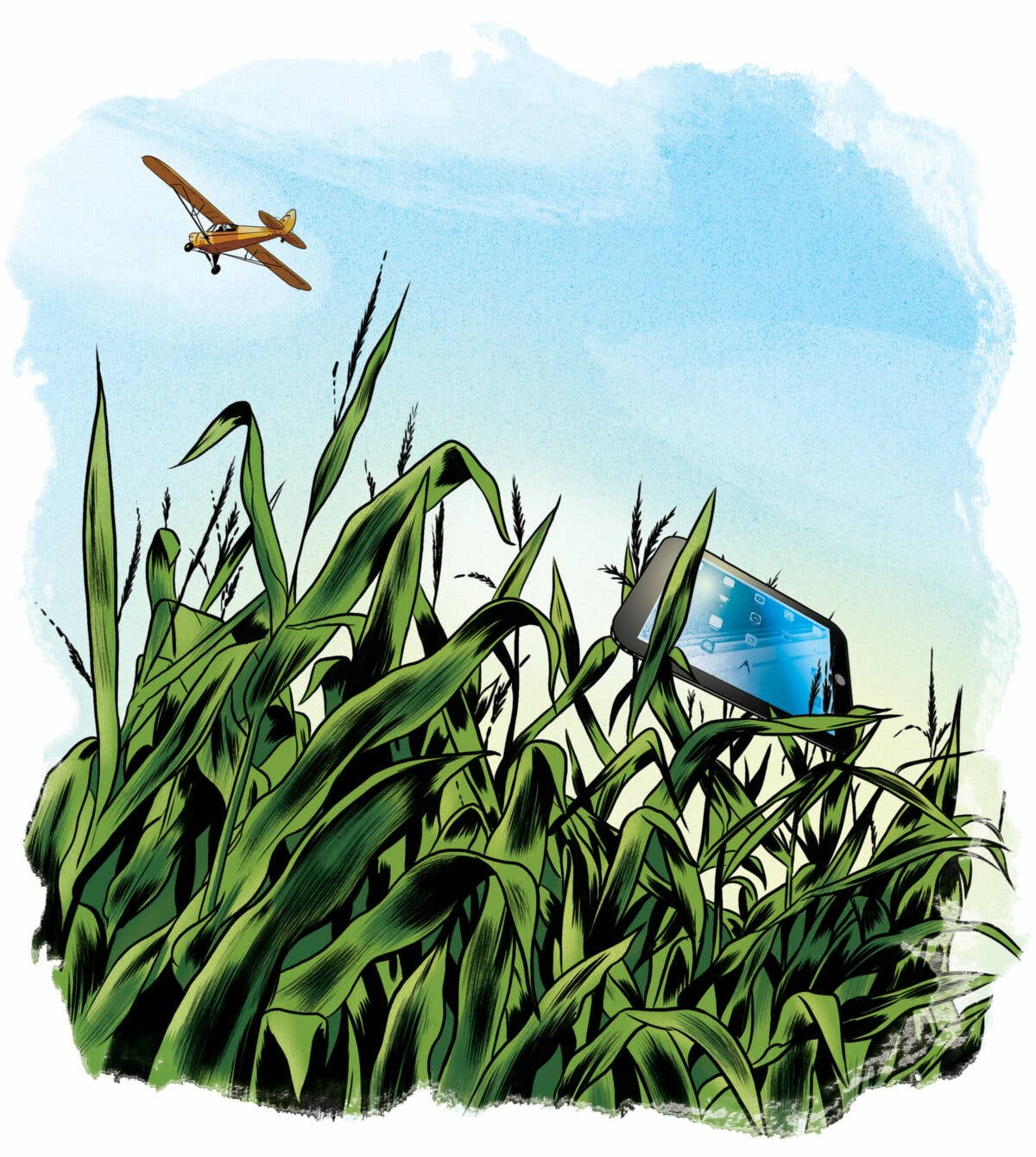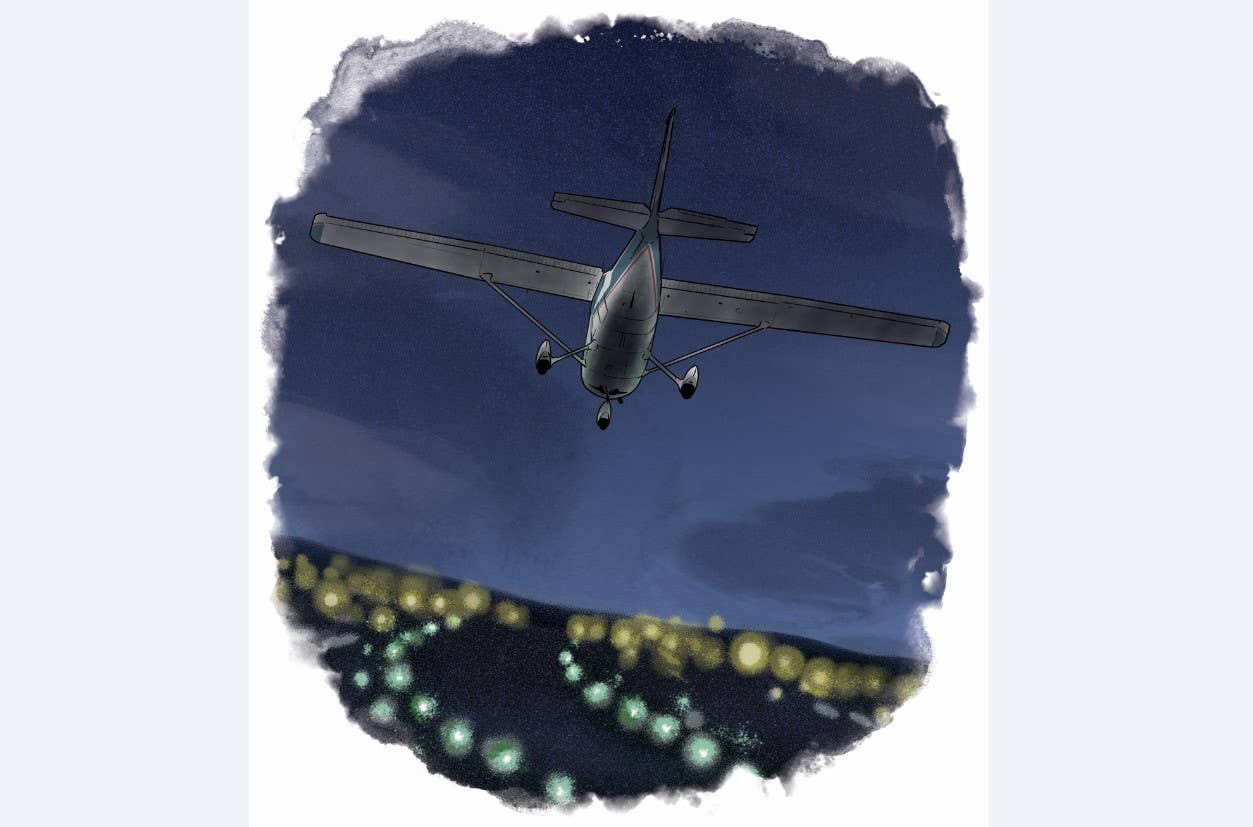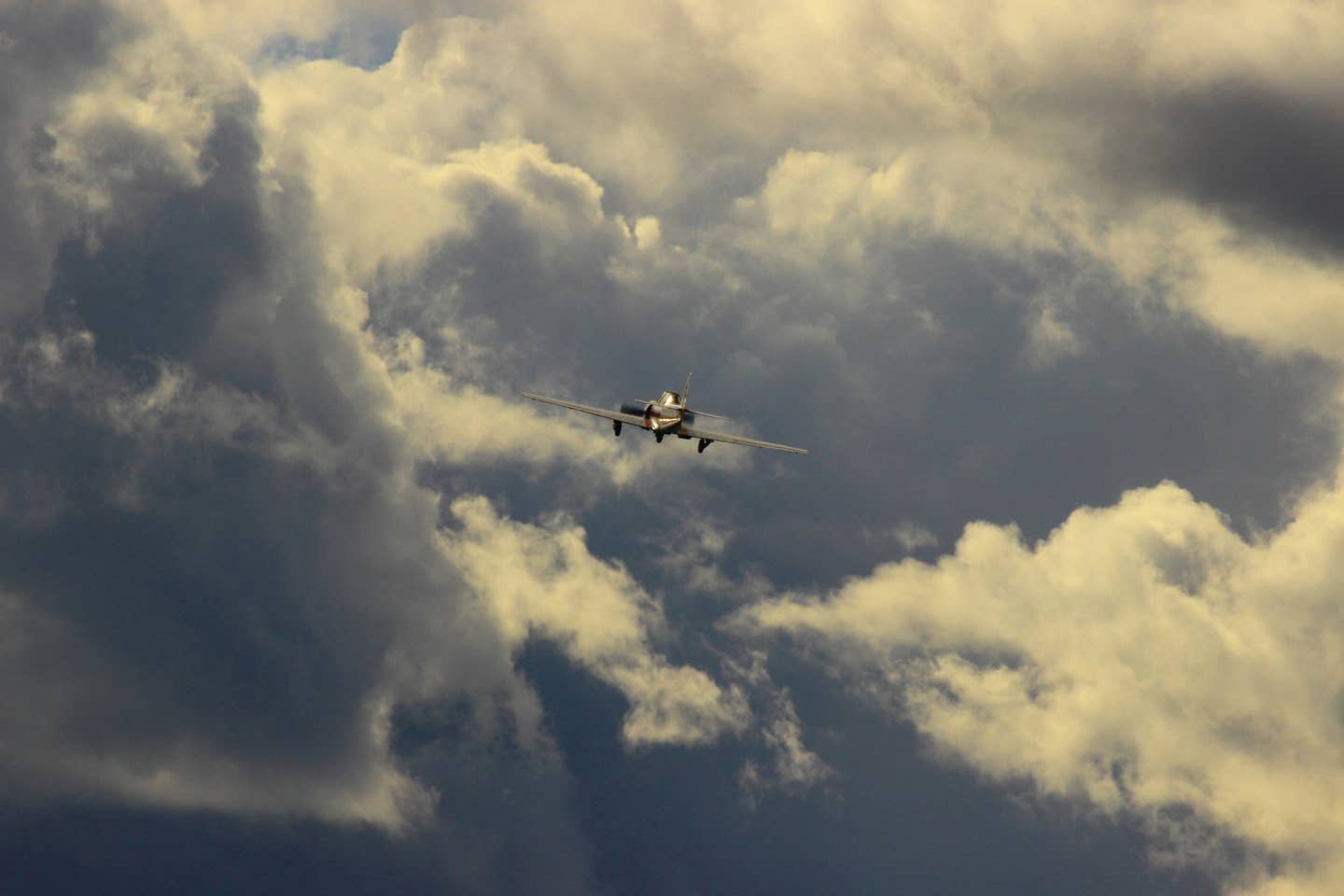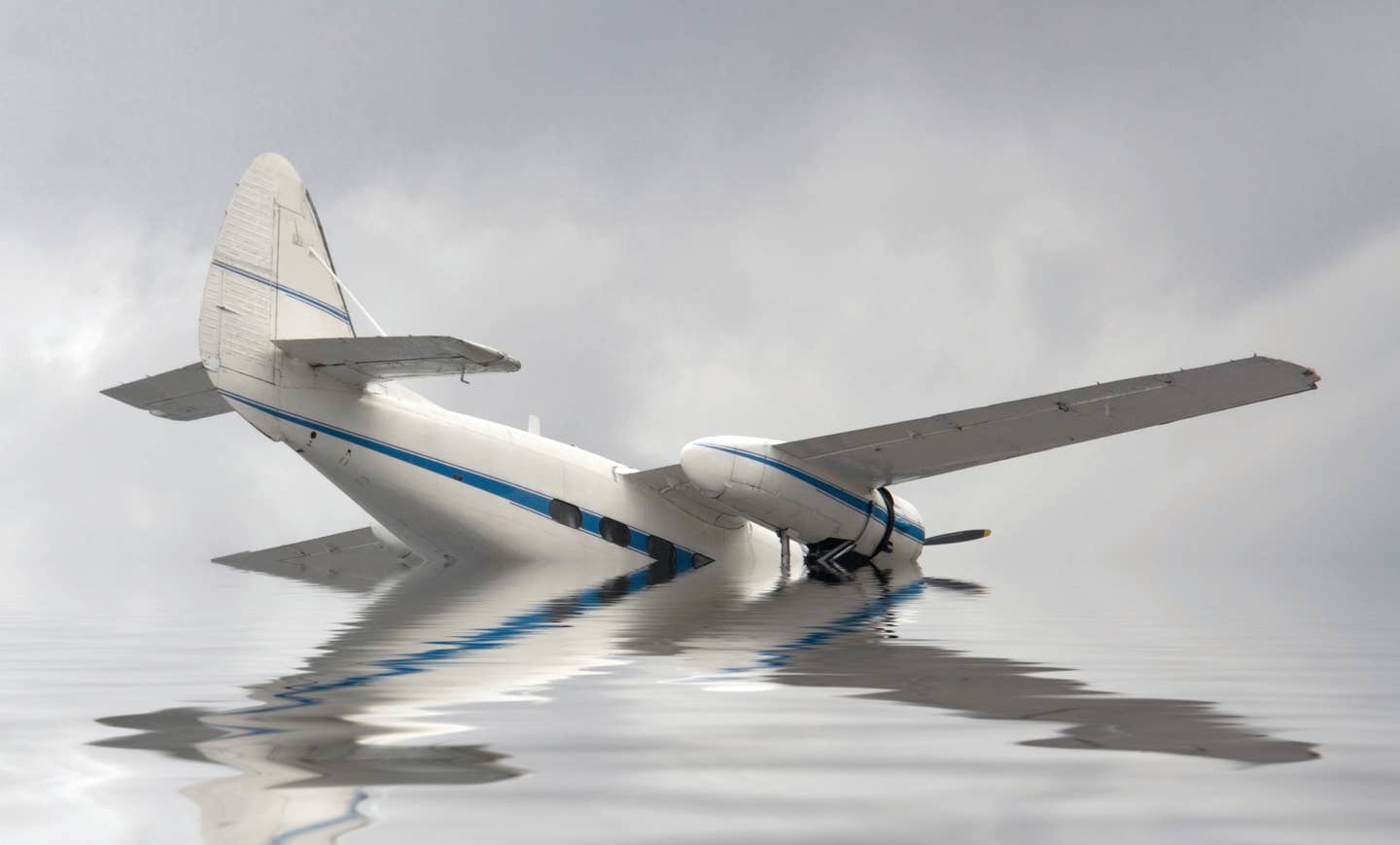
[Illustration by Joel Kimmel]
Bad karma? Gremlins? Maybe Voodoo? It must be something really ugly since I’m finding myself grounded again—this time without both wings and wheels. I’m trying to look at it as a valuable learning process—getting a “crash” course in dealing with insurance companies.
A couple of weeks after the examiner gave me that wonderful gift on Christmas Eve last year and I was back to being a genuine, certified, legal, private pilot, my Cessna 180 went into the shop for annual inspection. It began in mid-January and dragged on well into February, but no problem—the weather was pretty gruesome around here, and I can’t yet do any cloud aviatin’. Come March, and I was flying the wings off 72B in spite of an unusually stormy, wet spring in the Midwest. I was nearing the point where I could again hand-fly my auto-pilot-less airplane under the hood while manipulating ForeFlight and a WAAS-enabled Garmin GNS 430 in preparation for the instrument practical test.
It was a glorious morning in early May, when I flew the 180 up the road to Lebanon’s Warren County Airport (I68). I think most of us critique ourselves after every flight, usually finding something we could have done better. But this, albeit short flight, was flat-out perfect. I pushed the right buttons, twisted the right knobs, flew a perfect RNAV approach, and even ended with one of those rare “squeaker” landings when you’re not sure if you’re really on the ground. (And there haven’t been many of those lately.)
Lebanon was pretty quiet, so after talking to Mark Day—he’s a technician with inspection authorization, or IA—and avionics guru Pete York about an avionics installation, I cranked up to head home. Sitting in the runup area and fiddling with the 430, I suddenly felt a considerable jolt and heard a big thud. Was it a blown tire...a humongous vulture...an earthquake? Maybe an FAA special operations agent trying to keep me away from bridges? Whatever, I shut down and climbed out to see the left wing of a Smith Miniplane embedded in my rudder.
Naturally, my first thought was, “Well, at least I didn’t cause this one.” A cursory look had me hoping the Miniplane driver just dented my rudder. But a closer look showed the whole tail bent and ominous wrinkles in the vertical stabilizer. My tail (this time the metal one) was back in trouble.
The other pilot knew me and was hugely embarrassed and upset. He’s a good guy but was taxiing too fast and not S-turning, so he simply never saw me sitting there. The damage to his airplane seemed limited to a considerable, but fixable dent in his left wing. He was so upset I put my arm around him (stifling the urge to squeeze really tight) and said it wasn’t the end of the world (well, not quite), so be thankful that nobody was hurt, take some deep breaths, and calm down.
After Mark Day came out and took a look, he confirmed I wasn’t going anywhere. But where would I rather be than here at his shop? We got it in a hangar and the consensus was that calling the FAA was a bad idea. “Heck, nobody is going to say anything.” I agreed that calling the FAA was ugly, but I also knew that within hours, the news would be all over the Midwest. And the damage did seem to be “substantial” so I made the call...or tried to. Evidently, the FAA doesn’t answer telephones these days; you just leave a message, and if your government is at work, I guess it’s from home.
Fast forward to Sunday—four days later—waiting for some word from the Miniplane’s insurance adjustor, and driving home from Mass, I hit the world’s biggest pothole in a city (Cincinnati) that holds the world record for potholes. My little Beemer nearly disappeared, and it took a tow, two weeks, and $7,500 to straighten out the front end.
Still trying to build a fire under the well-known aviation insurance company to move on the 180 damage, Mark took the tail off, and a friend trucked it to Williams Airframe Components in Kendallville, Indiana. Airframe expert Nathan Whetzel said they were working five weeks out. But sobbing over the phone and sending a big jar of chocolate-covered peanuts seemed to motivate them.
Well, two “events,” but I’m not superstitious about bad things happening in threes. Wrong! Some wonderful friends offered their Cessna 182s for my IFR prep, but I decided to wait on 72B and treated myself to a Cub fix at Stewart’s Field in Waynesville. It was a perfect Cub morning with puffy white clouds dotting a blue, blue sky over the green, green farm fields of southern Ohio. After a few landings, I left the pattern for some “contour flying” and a few whifferdills. Of course, the door and window were open but I’d forgotten about the iPad mini I’d tucked under my leg. Something felt wrong, and after a thorough search of the Cub, I uttered a string of unrepeatable words, realizing that the iPad was in somebody’s corn or soybean field.
Dumb? Well, yes, since I should have had it strapped securely to my leg. But the bigger question is, what kind of a jerk takes an iPad to track with ForeFlight when flying a Cub? I deserved to lose the damned thing.
I knew I could pinpoint the location where the skydiving iPad landed but decided against it; it was likely shattered, and from my FAA days working with crop dusters in Illinois, I knew the chemicals in fertilizers and insecticides could be deadly.
Besides, I like to think about the speculation of anthropologists or archeologists 2,000 years from now when they unearth this strange gadget in an area where the Mound Builders, and later, Tecumseh and the Shawnees roamed.
I can picture their astonishment when they uncover the strange little device which seems to prove ancient people flew airplanes and shopped on something called Amazon.

Subscribe to Our Newsletter
Get the latest FLYING stories delivered directly to your inbox






